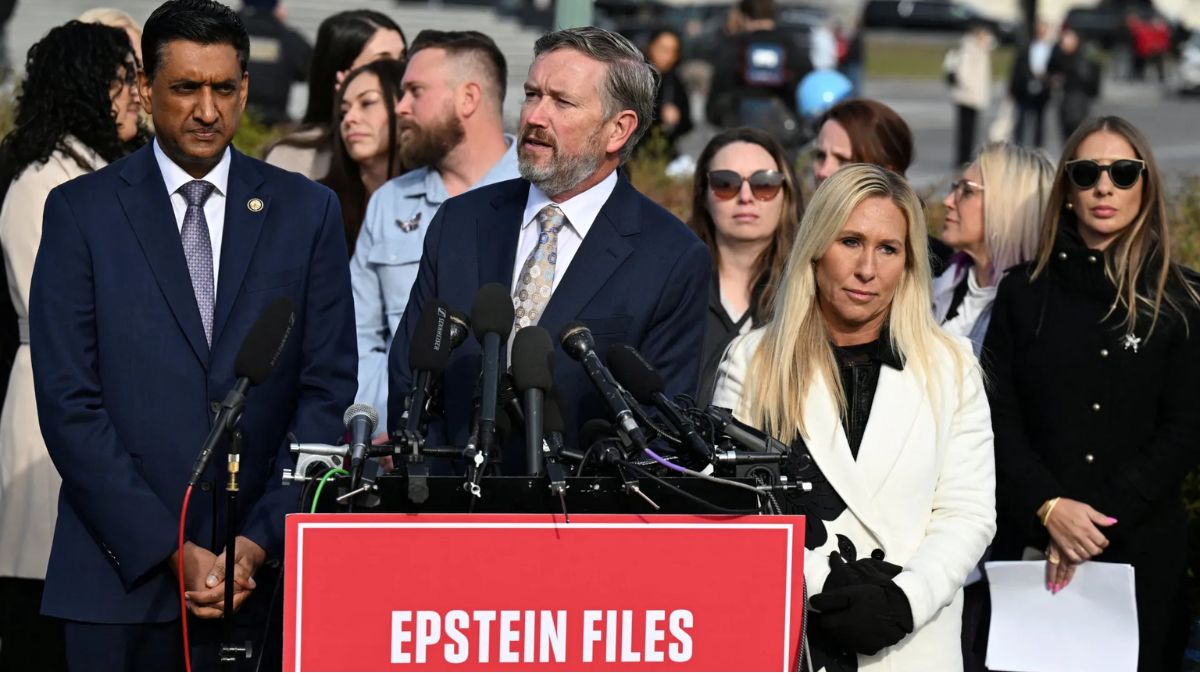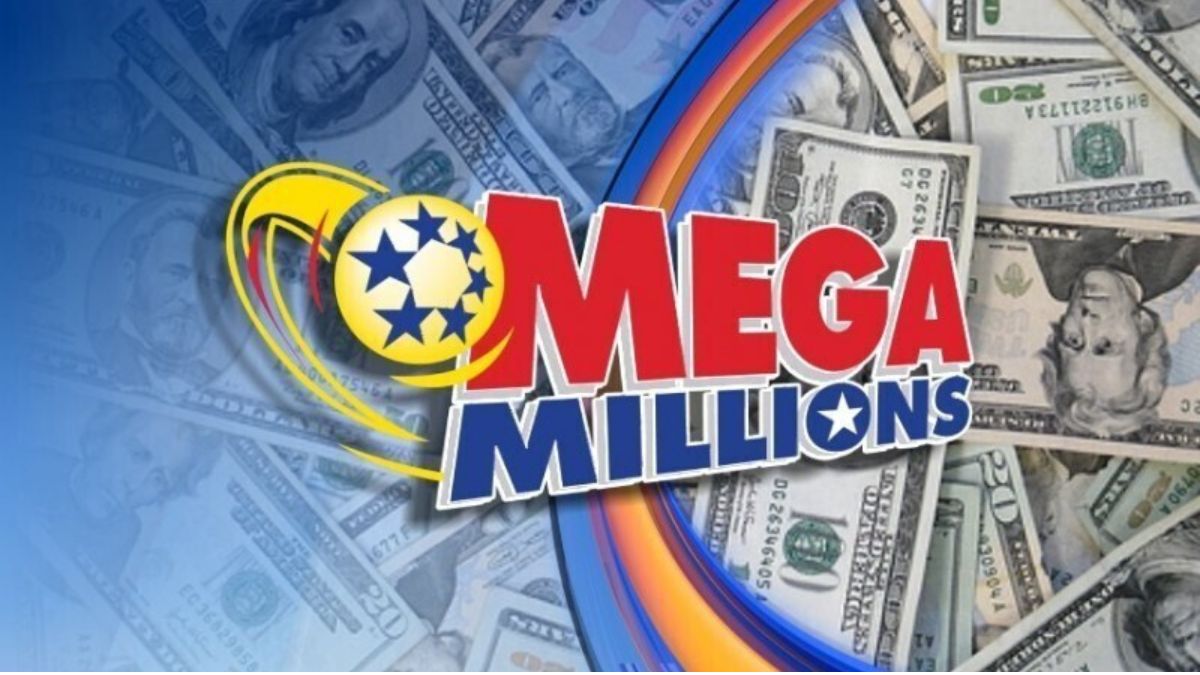The U.S. Department of Agriculture (USDA) is preparing for a sweeping transformation of the Supplemental Nutrition Assistance Program (SNAP).
Secretary Brooke Rollins announced that the agency intends to “completely deconstruct” the system to eliminate long-standing issues of fraud, waste, and misuse.
With millions of Americans depending on SNAP for monthly grocery support, these upcoming changes could impact households nationwide.
USDA’s Stand Against Fraud
Strengthening Oversight
The USDA told Newsweek that Secretary Rollins is focused on ensuring that fraud, waste, and persistent abuse within SNAP come to an end. The department emphasized that earlier fraud estimates were largely assumptions, but the new administration is actively verifying and addressing them.
The agency is tightening processes by:
- Updating recertification procedures
- Conducting in-depth data reviews from states
- Enhancing regulatory measures
- Improving cooperation with state agencies
These steps aim to ensure only eligible households continue receiving benefits.
Why SNAP’s Future Matters
Millions Depend on SNAP
SNAP is a lifeline for nearly 42 million low-income individuals, helping them afford food each month. The program gained renewed attention during the record-breaking government shutdown, when many recipients faced delays and disruptions in their November payments.
New Policy Shifts Underway
Rollins’ comments come as two major adjustments to the program take shape:
- Work requirements, introduced through the One Big Beautiful Bill Act, could lead to millions being removed from the program.
- Mandatory reapplications may become standard to ensure that beneficiaries who no longer qualify are taken off the list.
What the Data Shows
Fraud Findings Spark Concern
Speaking with Fox Business’ Larry Kudlow, Rollins revealed early findings that:
- 186,000 deceased individuals were still receiving SNAP benefits
- Approximately 500,000 people were collecting benefits in more than one state
USDA data reported by Fox Business also shows:
- Over 226,000 fraudulent benefit claims approved in early 2025
- Around 691,000 fraudulent transactions recorded in the same period
These fraudulent activities—often linked to card cloning and other forms of electronic theft—cost the government more than $102 million in the first quarter of fiscal year 2025. This is a sharp increase from $69.4 million the previous quarter and $31.9 million during the same quarter last year.
Enforcement Actions
In response, Rollins confirmed that the USDA has already made hundreds of arrests tied to fraudulent SNAP claims. She attributed increased scrutiny to the long government shutdown, stating that it unintentionally exposed deep issues within the program.
How the USDA Plans to Fix the Program
Rollins said the upcoming reforms aim to ensure that vulnerable Americans who truly rely on SNAP continue receiving support, while removing fraudsters and those exploiting the system. The department plans a systemic overhaul to restore integrity and strengthen accountability.
Public and Political Reaction
President Donald Trump, speaking on November 6 in Washington, D.C., echoed similar concerns. He emphasized that SNAP was created for people facing serious hardship—not for individuals choosing not to work while collecting benefits.
What’s Next for SNAP?
The USDA has not yet announced a specific timeline for implementing these reforms. More details are expected in the coming months as analysis, regulatory updates, and state partnerships continue.
The USDA’s planned overhaul of SNAP marks one of the most significant shifts in the program’s history. With billions of dollars at stake and millions relying on monthly assistance, the goal is to protect those who genuinely need help while eliminating widespread fraud.
As federal and state agencies work together to reshape the system, households across the country may soon see major changes in how benefits are managed and distributed.



